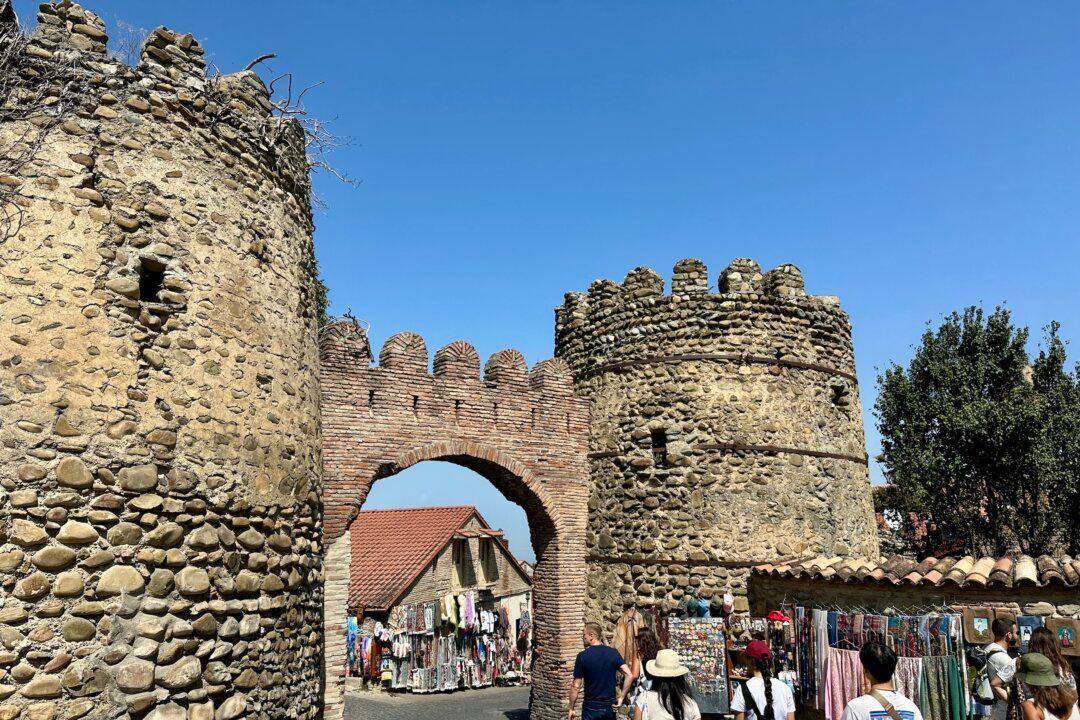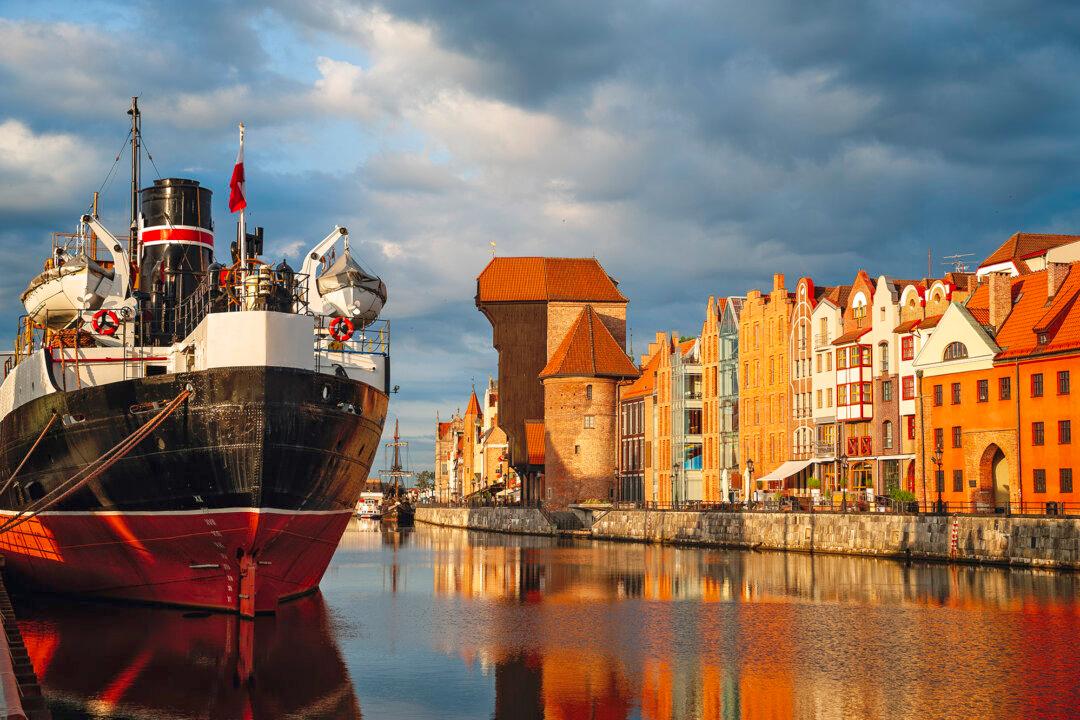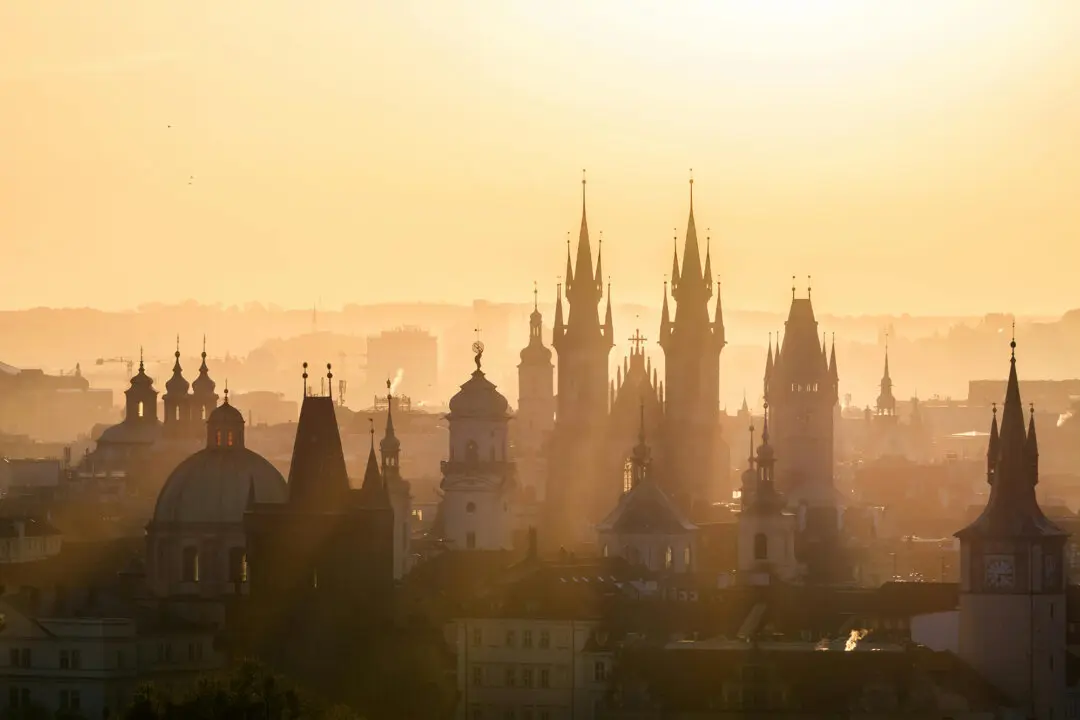The morning traffic in Tbilisi, Georgia, had been a little intense. But now, outside the city, the horizon opened up, and a broad and beautiful rural wonderland unfolded in every direction. On one shoulder of the road, a guy was fixing a broken-down Lada. On the other, someone was riding a horse. A spine of green, hazy mountains awaited us further down the road.
“This country is a melting pot,” my young guide said. She was standing with her back to the driver, somehow balancing at the front of a van jam-packed with our small tour group. She delved into the country’s long and fascinating history, noting that the Georgian language is unlike any other, with an alphabet recognized on UNESCO’s list of intangible cultural heritage. “But our most important word?” the guide said, waiting just a moment for the punch line. “Of course, it’s wine.”





